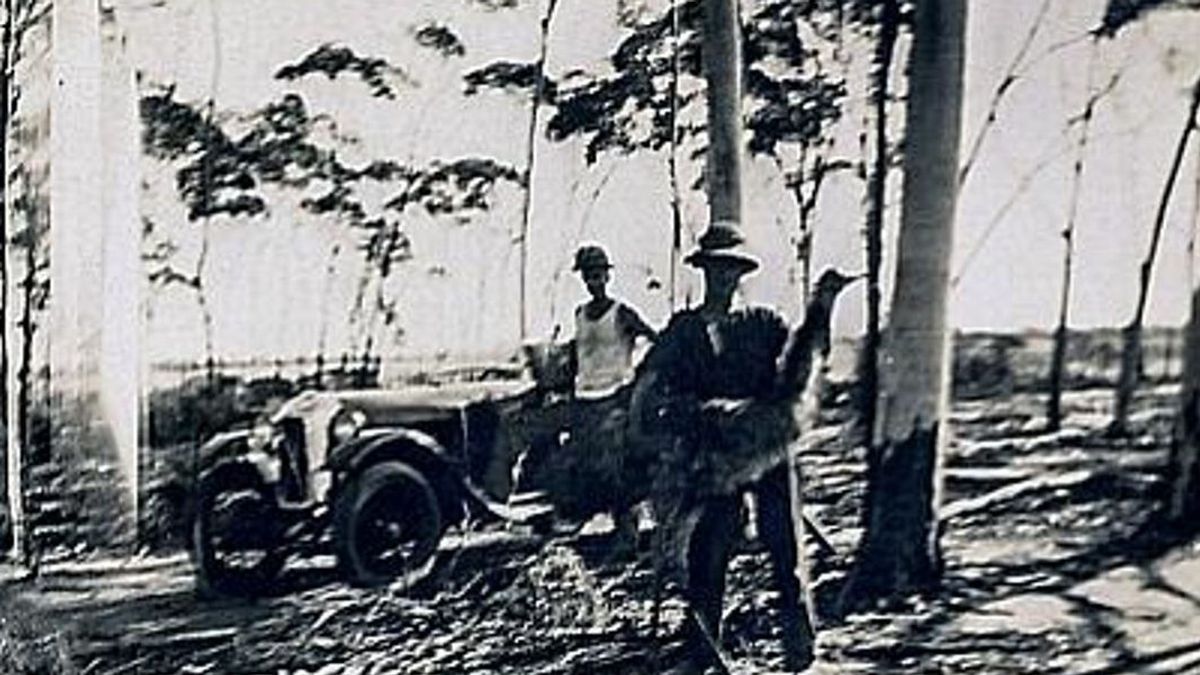JAKARTA – Today's history, 23 years ago, November 2, 1932, the Australian government declared war against emus. The war was perpetuated because the population of this endemic Australian animal continued to increase and disrupted farmers' harvests. The war became known as The Great Emu War.
Previously, many World War I veterans chose the profession of farmers. The profession was perpetuated because many veterans received land from the government. However, the emus messed things up.
Australia's military was once reckoned with in the world. All of this was due to Australia's involvement in World War I. The authorities continued to send military troops to defend the banner of the allied forces (Britain, Russia, and others).
The results are brilliant. The allied forces won against the central blocks – Germany, Austria, Hungary, the Ottoman Empire, and Bulgaria. This victory made the Australian military return home happily after World War I ended in 1918.
The Australian government has not forgotten its military services. Those who still exist continue their military careers. Meanwhile, many of those who retire are given plots of land. These provisions are provided so that the fate of war veterans is guaranteed in old age.

The land grant policy was greeted with great fanfare. Many veterans find it helpful. Moreover, the government provides subsidies in the form of wheat crops. Everything changed when The Great Depression (the era of malaise) hit.
The world crisis has had a major impact on Australian farmers. Farmers also realized that the only chance to fight the crisis was to seriously hope for wheat crops. Irrigation for plants was then widely established in the Campion district, Western Australia.
Instead of bringing blessings, the irrigation created actually brings migrating hordes of emus. This endemic bird, which actually lives in the interior of Australia, actually comes to farmers' plantations and disrupts wheat fields. This condition is due to drought in inland Australia.
“Prices have fallen to the point where farmers are preparing to reap their harvest. In fact, they are losing money. The farmers are even more miserable because pests in the form of 20 thousand emus come to destroy the wheat fields. These birds regularly migrate after the breeding season and they arrive on clean land, with water available for livestock.”
“They considered arable land as a good habitat and started destroying wheat farming areas. Emu birds eat wheat crops and then destroy the rest of the crop. "Because of their large size, emus leave gaps in fences so that rabbits can enter and cause additional damage," explains Kalman Dubov in the book Journeys to the Commonwealth of Australia (2021).

The Australian government considers the mass migration of emus to be a national problem. It can also make farmers' wheat unsold. Australian Defense Minister George Pearce sees emus like a plague.
The owner of the power cannot be inferior to the emu, he thought. Efforts to perpetuate the extermination of emus were carried out on November 2, 1932. This war meant that the Australian military was equipped with Lewis type machine guns with 10 thousand rounds of ammunition ready to fight hordes of emus.
Grill away from fire. Australia's reputation in World War I was instantly destroyed. They were unable to subdue a flock of emus with weapons. This is because the skin of emus is known to be tough and their movements cannot be predicted by the military.
Not many emus became victims. In fact, the extermination operation was already underway. The owner of the power actually got into bad luck. There were calls to stop operations. As a result, the Australian government experienced the most humiliating defeat in history. The war lasted from November 2 to December 10, 1932.
SEE ALSO:
“One of those failures was that the military expedition carried out by the Royal Australian artillery detachment used a range of military technological techniques. Including mobile warfare tactics and guerrilla tactics."
“The emu war in western Australia was one of the most grievous failures of the Australian military. "Moreover, this role brought about the most complete victory for the emu flock and the war actually attracted public sympathy to defend the emus," concluded The Sunday Herald newspaper report entitled New Strategy In A War On The Emu (1953).
The English, Chinese, Japanese, Arabic, and French versions are automatically generated by the AI. So there may still be inaccuracies in translating, please always see Indonesian as our main language. (system supported by DigitalSiber.id)













